From the picturesque sights of St. Petersburg to the vast mountainous regions of Siberia, Russia is jam-packed with beautiful and exotic flowers – many of which are found all over the world. Not only are these bold and majestic Russian flowers fantastic to look at, they also have a range of other uses and qualities, whether it’s their impressive medicinal properties or their powerful symbolism.
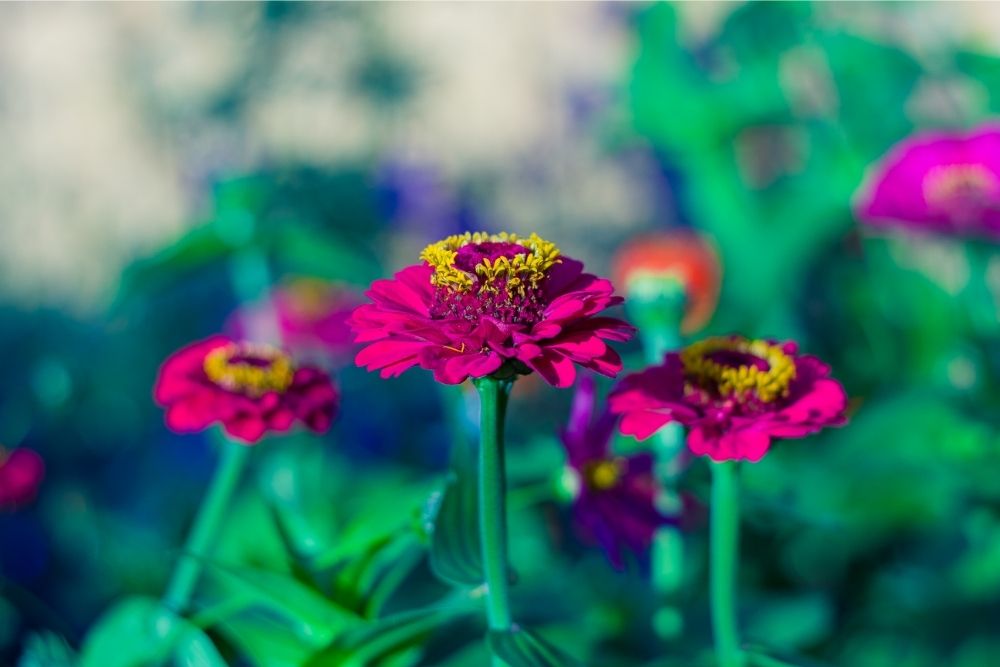
With this in mind, our guide will take a closer look at 18 of Russia’s most popular and beautiful flowers. We’ll also look to answer a few of the frequently asked questions related to Russian flowers and their cultural significance.
Royal Azalea
The first flower on our list mainly grows in Eastern Russian and on the Korean Peninsula. The Royal Azalea is a deciduous shrub that can grow up to six feet tall if planted in partial shade with acidic, well-drained soil.
It’s one of the very best Russian shrubs to grow and typically provides majestic white-pink flowers from April to May.
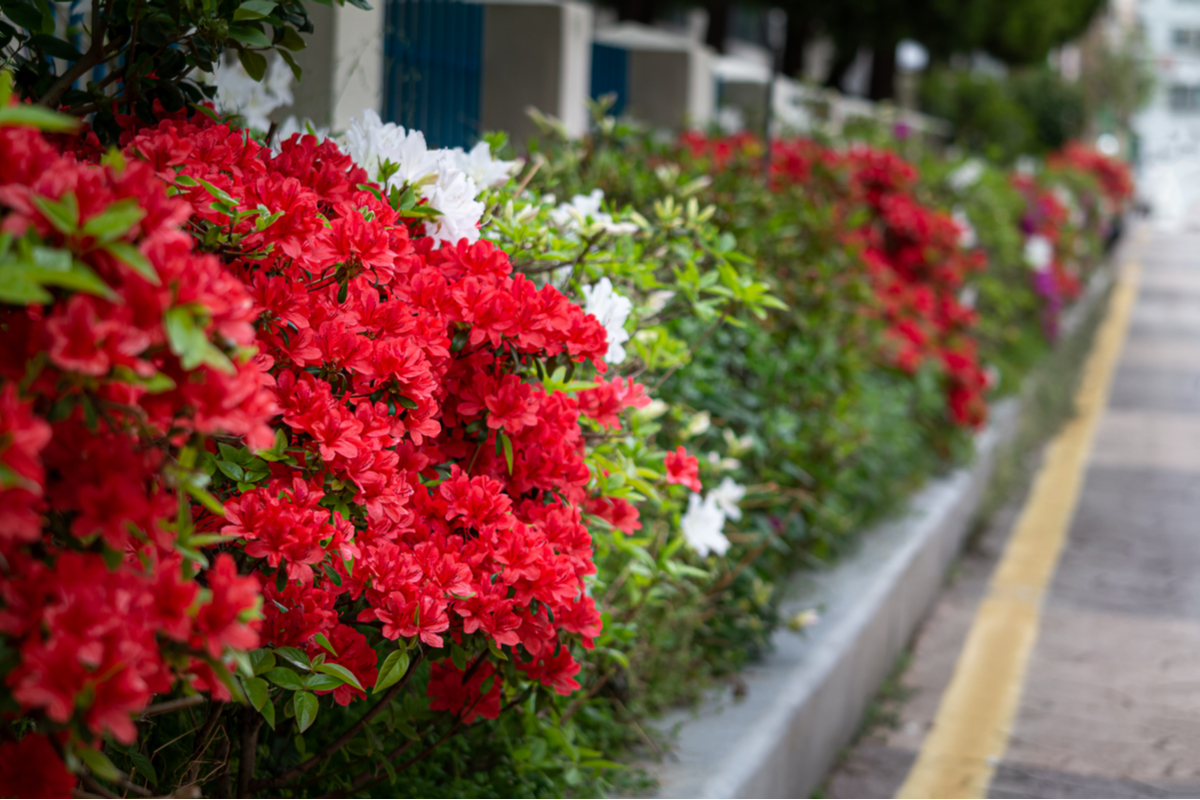
Fern Leaf Peony
The Fern Leaf Peony is a herbaceous perennial species that’s typically found in the Southern regions of Russia. It’s worth noting that it also grows on the Balkan peninsula and in Central Asia.
The dark red flowers of the Fern Leaf Peony grow best in rich and fertile soil, however the plant is considered endangered due to a declining number of steppe spaces.

Siberian Fawn Lily
This next flower is a bulbous perennial that’s part of the Lily family. In the wild, the Siberian Fawn Lily is found in the Altai, Tomsk, and Khakasia regions to name a few, while it’s also perfect for flower beds and rock gardens if grown in rich humus soil.
In terms of its appearance, the ornamental plant features dark pink-purple flowers with vivid yellow anthers.
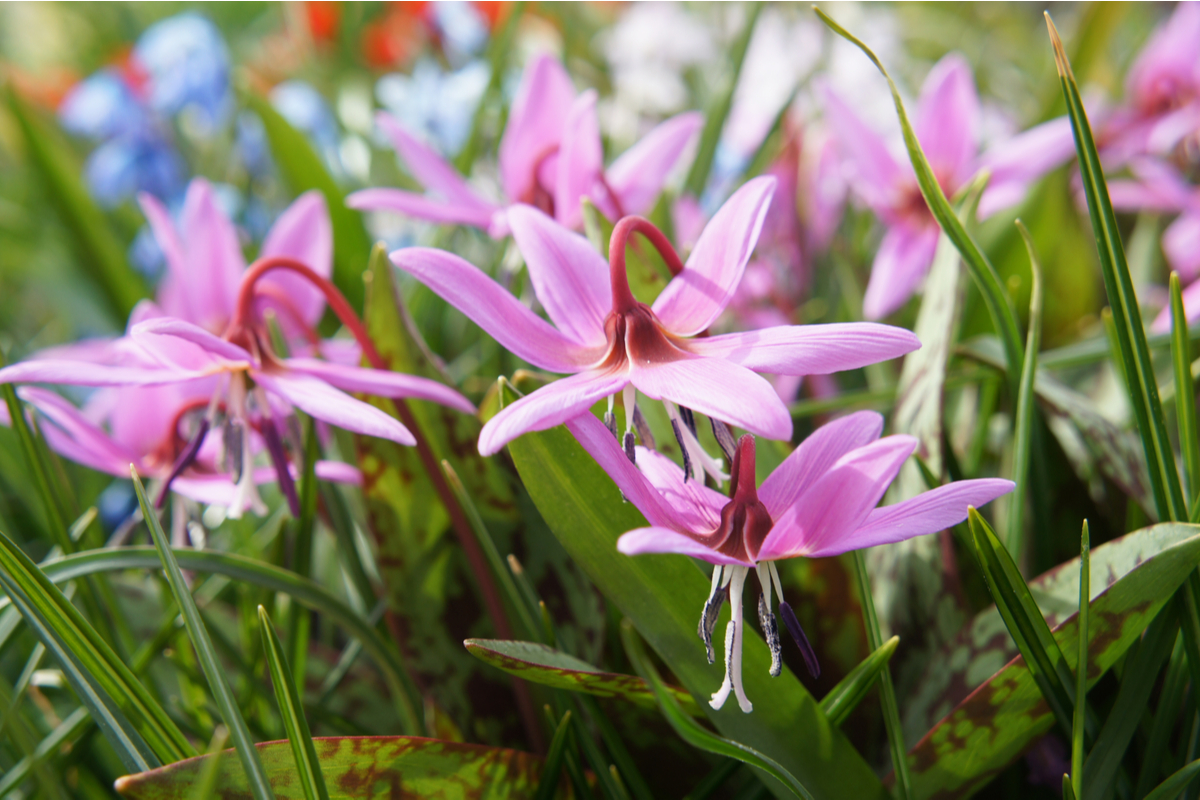
Carnation
It’s widely believed in Russia that placing white Carnations under your pillow at night will inspire you the following morning. Meanwhile red Carnations are often known as “revolution flowers”, due to the fact that they were displayed on the badges of Bolshevik party members in the 1917 revolution.
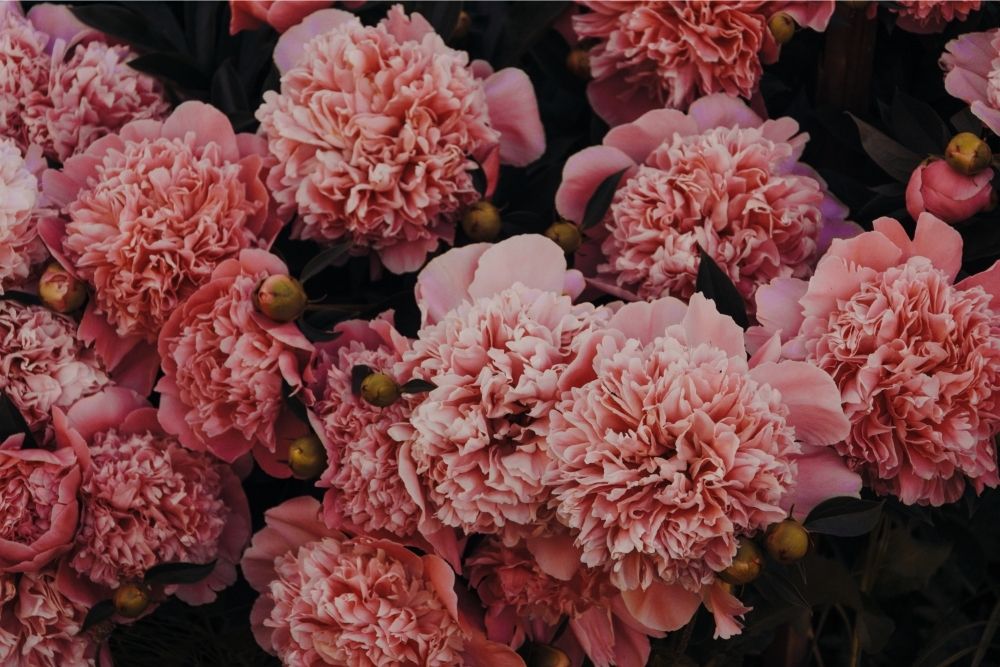
Viola Incisa
Found predominantly in Siberia, Primorye, and Altai, Viola Incisa is an exotic flower that grows on meadow steppes, and blooms in a shade of violet-blue. It performs well in both the Spring and the Fall, however excessive grazing and infrastructure continues to damage the flower’s numbers.

Chamomile
Chamomile has been Russia’s national flower since 1998, with the delicate, daisy-like, white flowers symbolizing peace and dream-fulfillment. Ths popular, fragrant flower is also renowned for providing excellent medicinal properties, especially its anti-inflammatory and sleep-inducing qualities.

Lady Slipper Orchid
This next flower is native to Russia’s European part and Siberia. The Lady Slipper Orchid belongs to the Orchidaceae family, and grows mainly in light deciduous and mixed forests. The plant gets its name from the pouch-like flowers that bloom in either late Spring or early Summer.
Unfortunately, the Lady Slipper Orchid has been under protection since the late 1970s and is now considered a rare species.
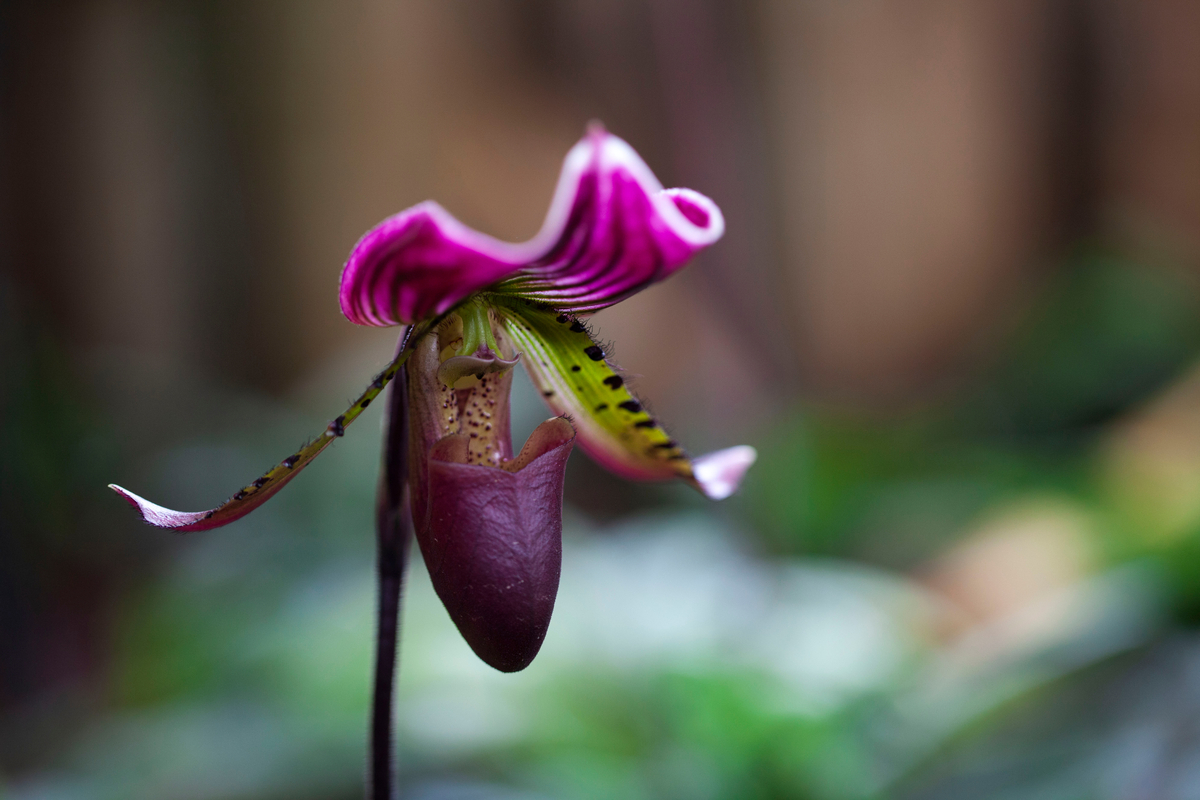
RELATED: 9 Black Orchids Varieties (with Pictures and Care Guide)
Schrenck’s Tulip
A member of the Tulip family, this herbaceous perennial grows in the South and Southeast areas of the European part of Russia, as well as in the North Caucasus. Schrenck’s Tulip is a decorative and medicinal plant that features stunning bowl-shaped flowers in either pink, red, yellow, or white shades.
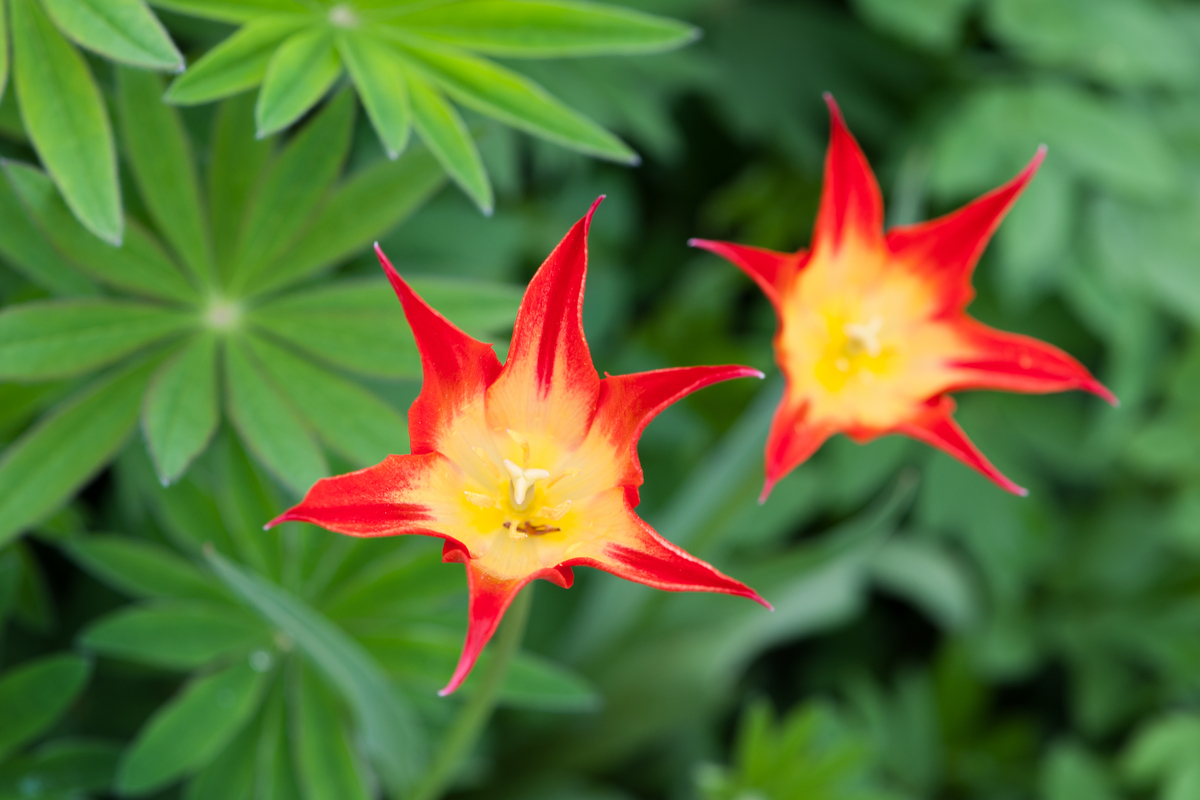
Golden Root
The Golden Root is a perennial flowering plant that typically grows in the Arctic regions of North America, Europe, and Asia, while it can also be seen in many Russian areas such as Tyva and Altai.
The flowering plant can grow up to 15 inches tall with the perfect conditions, and is a valuable medicinal plant for boosting the body’s immunity and increasing energy levels.

Autumn Crocus
Autumn Crocus is native to South Russia, as well as the Caucasus, Iran, and Turkey. The beautiful, fall-flowering plant is a cormous perennial that forms goblet-shaped violet blossoms and can grow up to 15 centimeters tall.
While the Autumn Crocus usually grows in Steppe regions, it’s also the ideal flowering plant for borders, containers, and rock gardens.
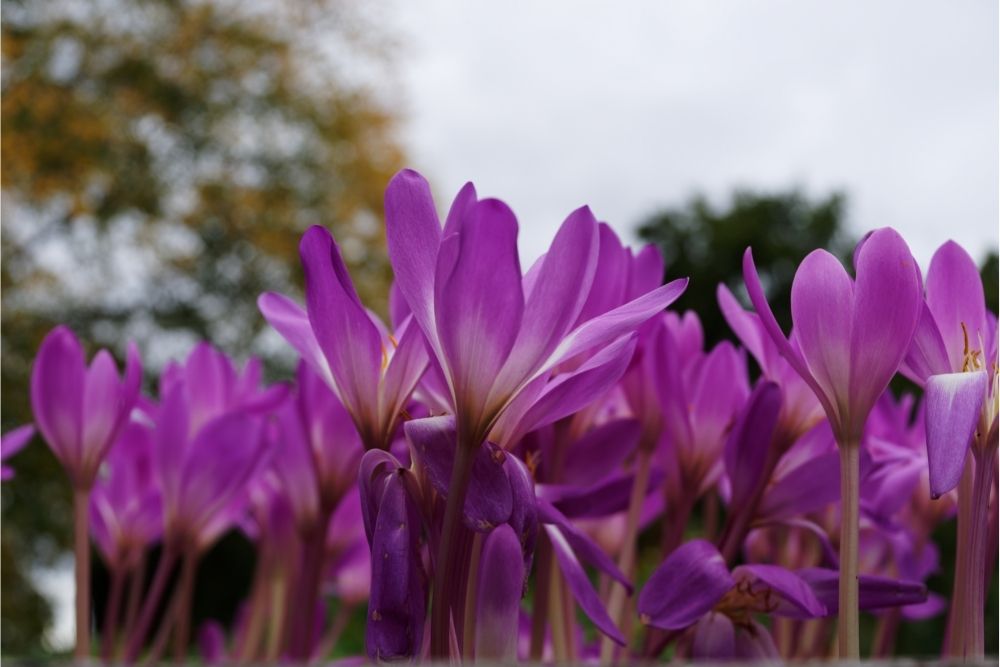
Arnica
The Arnica flower is indigenous to Southeastern Russia and gets its name from the Greek word arnakis which translates to “lamb skin”, owing to the flower’s fleecy sepals.
Arnicas have a long-standing reputation for their excellent medicinal qualities, having treated inflammation since the Middle Ages. Therefore, it’s hardly surprising that Arnicas have come to symbolize protection.
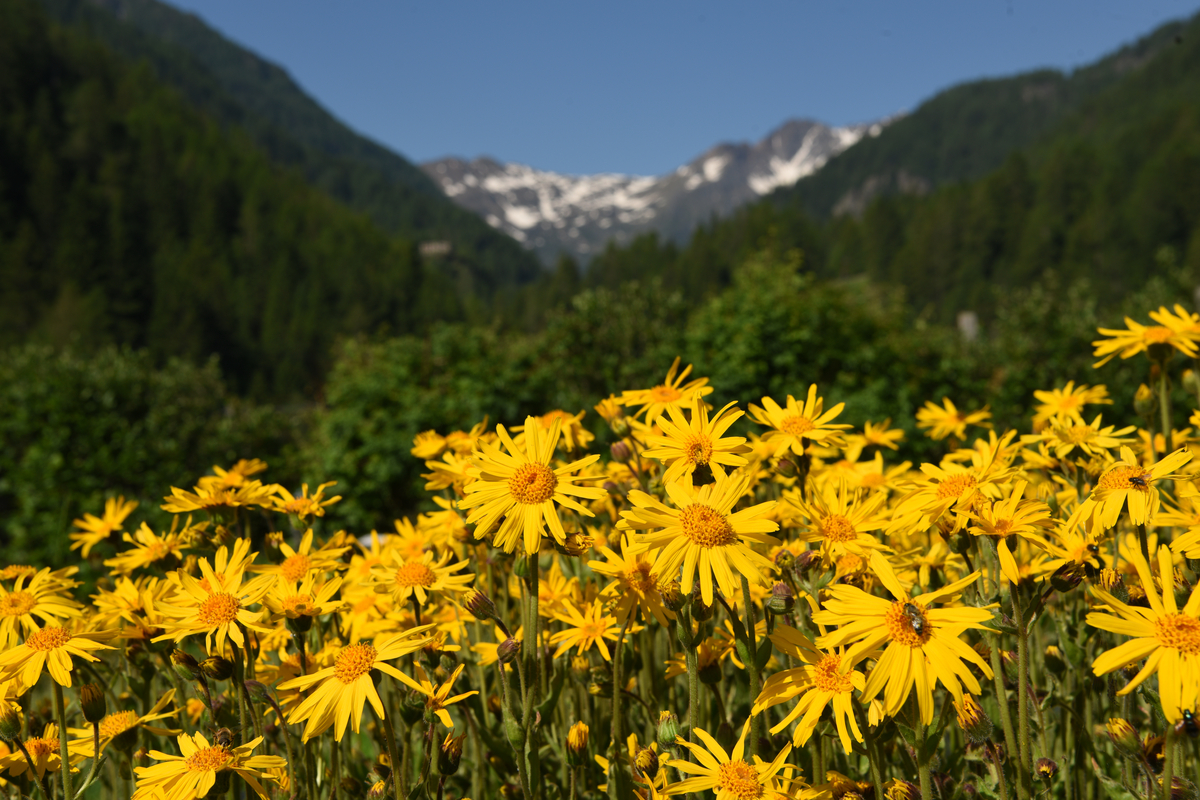
Russian Lotus
The next flower on our list is the national flower of both India and Vietnam, the Russian Lotus, which is found throughout Western and far-Eastern Russia.
This perennial aquatic plant is symbolic of compassion, rebirth, and enlightenment, and has been under protected status since the end of the 1970s.
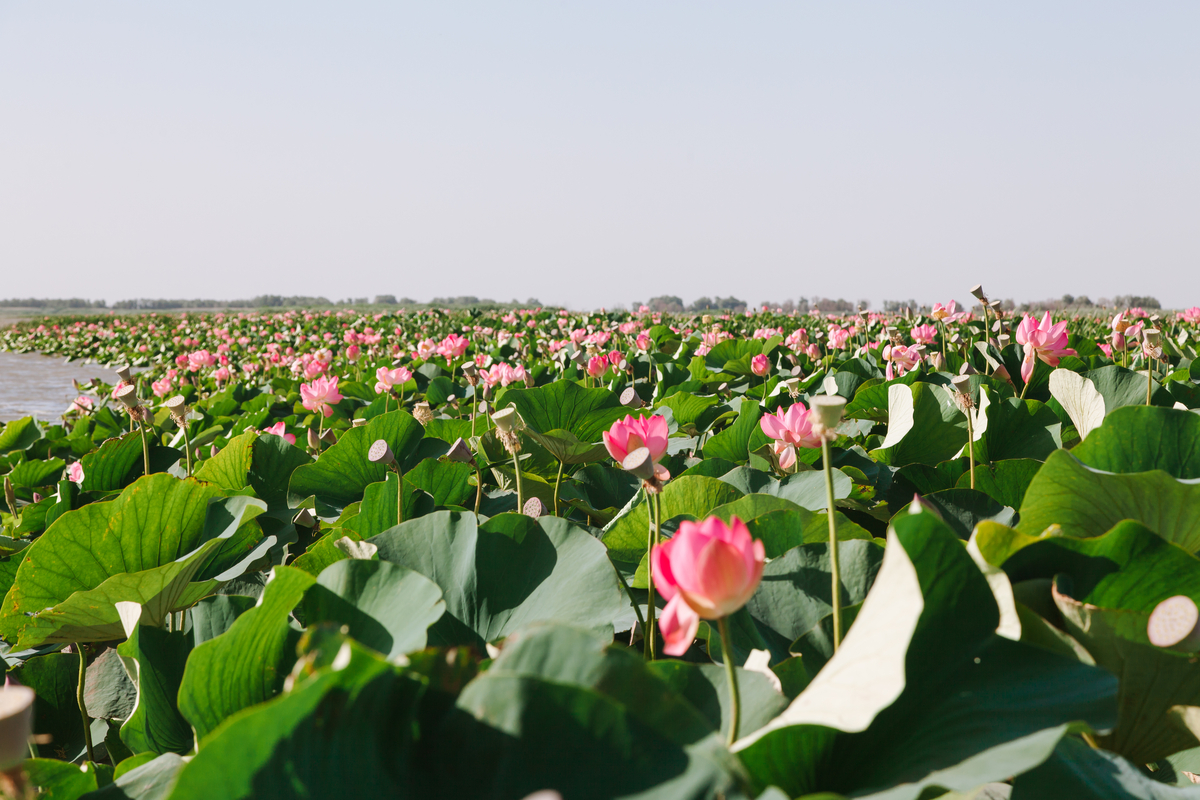
RELATED: A Whole Lot Of Loveliness: 10 Different Types Of Lotuses
Lavender
This famous aromatic plant didn’t gain popularity in Russia until 1930 when it first became industrialized, but ever since it’s spread throughout the country.
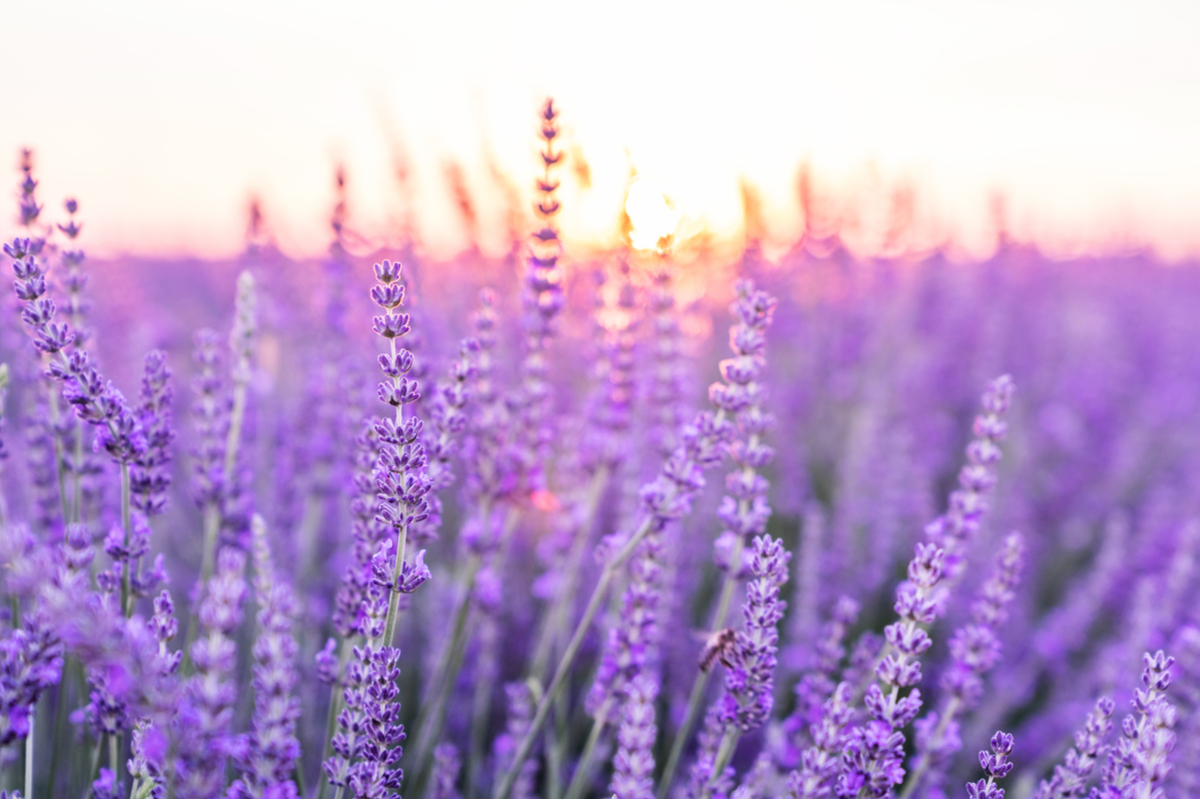
The strong therapeutic and cleansing properties of lavender have led to the plant becoming a powerful symbol of purity, healing, and serenity.
Russian Sage
Russian Sage is a drought-tolerant plant that’s known for its lavender-purple flowers and fragrant foliage. The hardy nature of this plant has led to it being used as a symbol for success and strength of character.
For this reason, Russian Sage is often a popular choice of flower for graduation ceremonies and other celebrations.
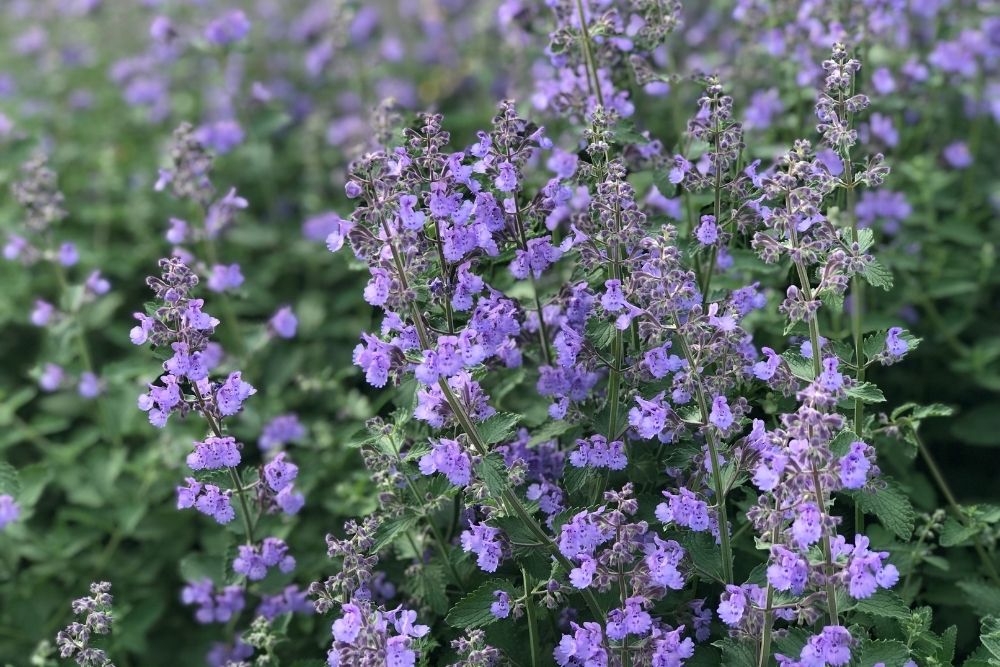
Poppy
Despite the fact that poppies generally represent remembrance, they can also symbolize both weakness and happiness in Russian culture. For example, poppy seed is often consumed at traditional Russian weddings as it’s believed to bring the new couple lots of happiness together.
Conversely, some people believe that poppies shouldn’t be used in a romantic manner due to the soft, flimsy petals symbolizing “fleeting love”.
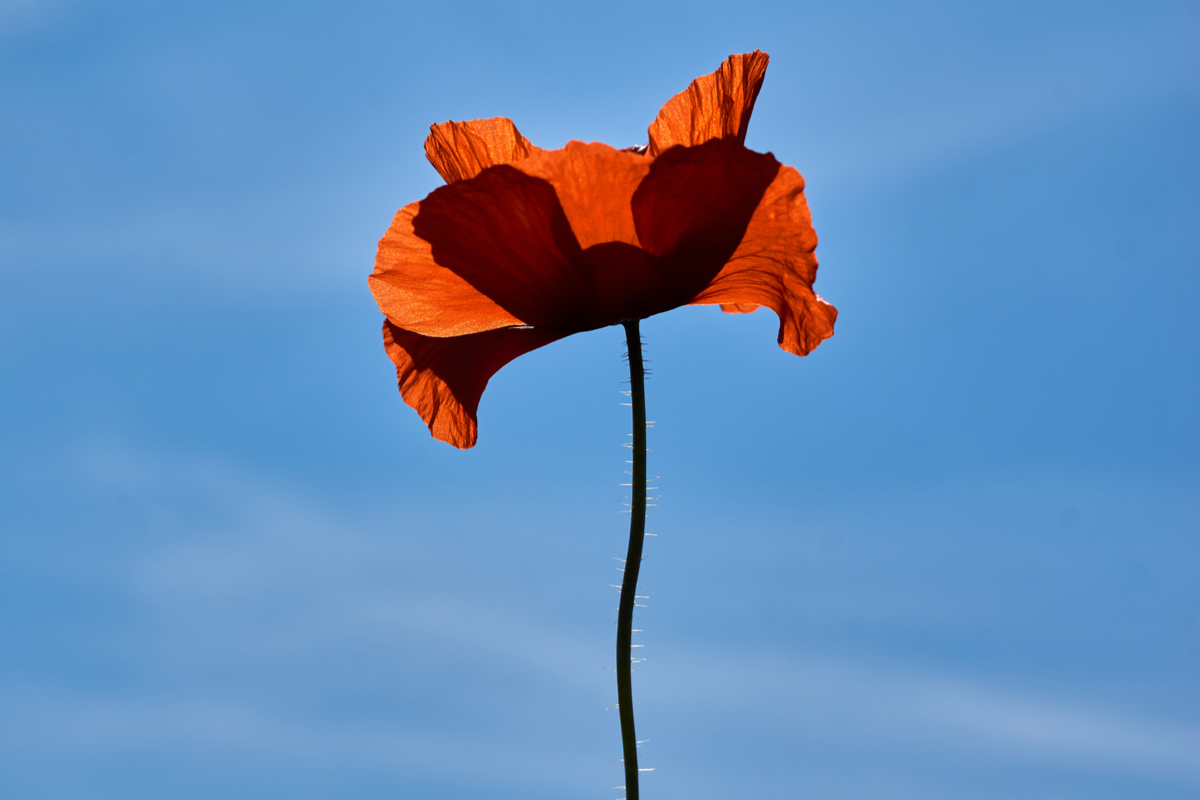
Rose
The Rose is seen as the ultimate symbol of passion and love, but in Russian culture, this meaning can differ depending on the quality and color of the flower.
This is seen through the dating etiquette in Russia, where white roses, followed by pink, and then red, is the accepted order to display deepening affection for someone.
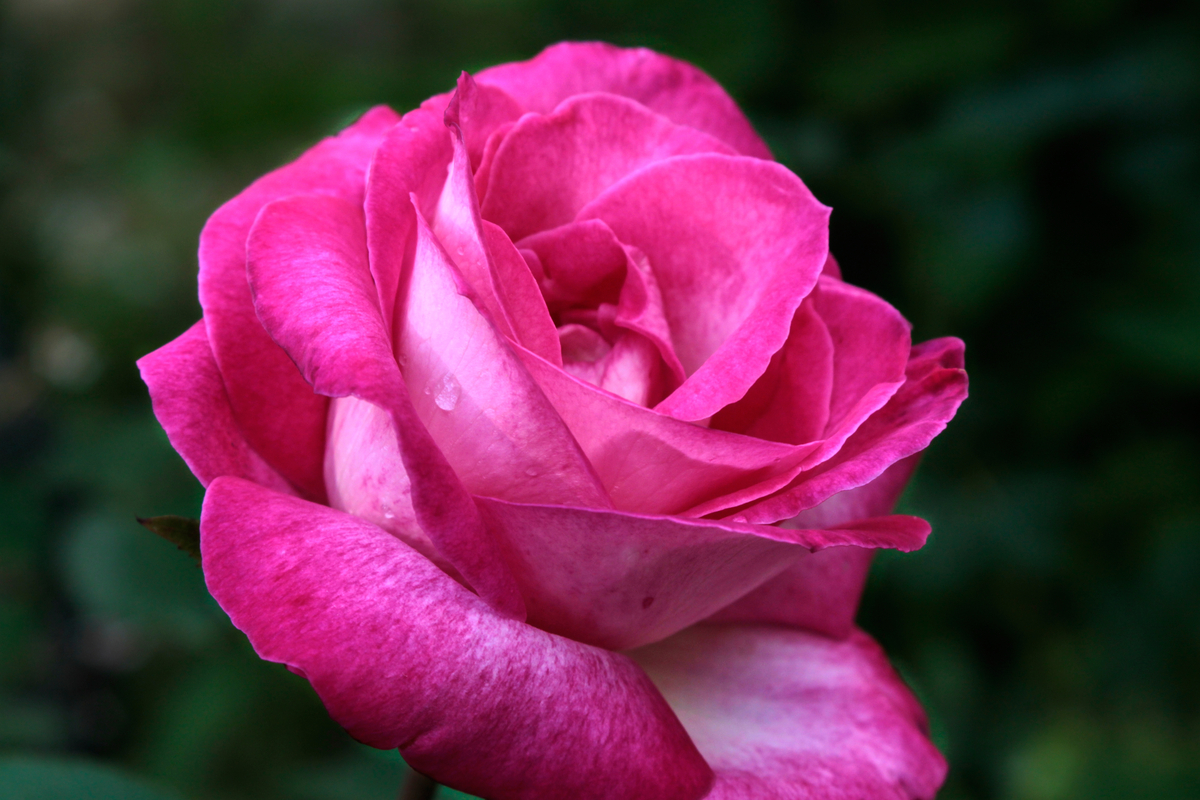
Tiger Lily
As the name of this plant suggests, the Tiger Lily features bright orange flowers with dark crimson spots. It’s extremely easy to grow and can reach up to five feet tall if positioned in full sun or partial shade. In terms of its blooming time, the Tiger Lily typically flowers from mid to late summer.
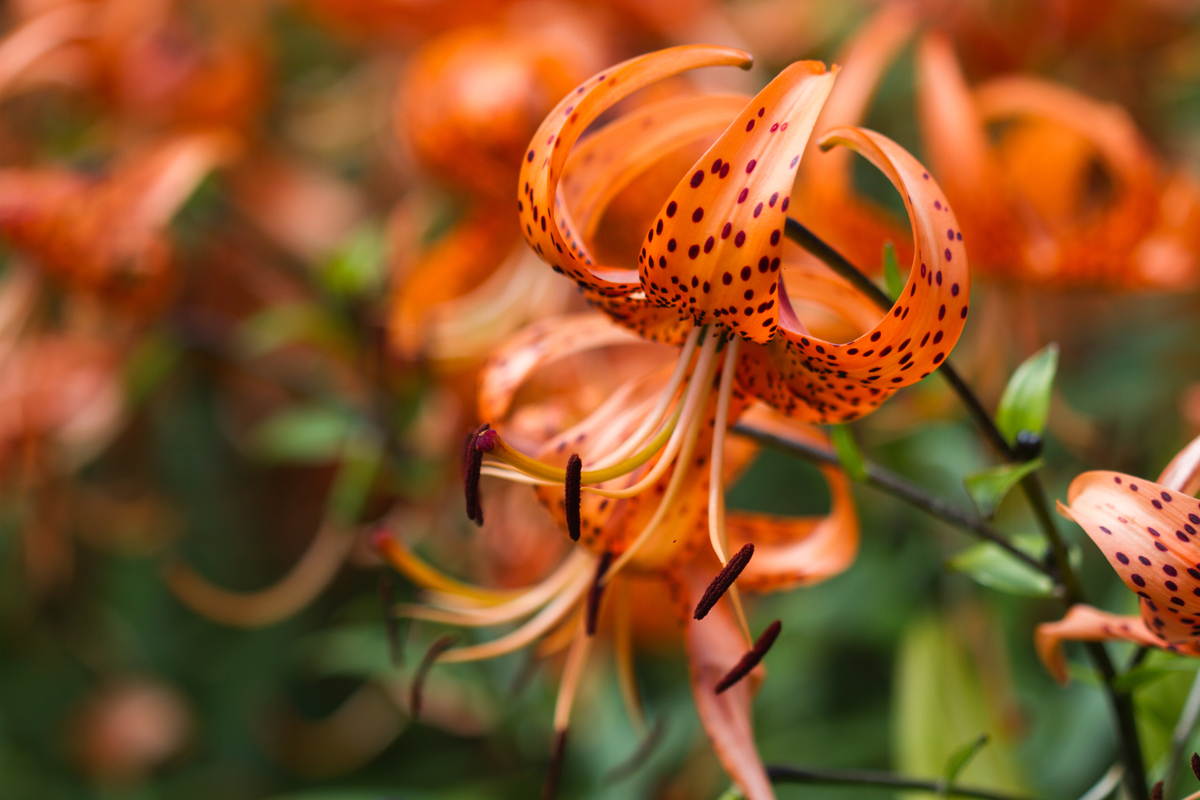
Leopard’s Bane
The final flower on our list is the Leopard’s Bane which is a medicinal herb similar to both Sunflowers and Daisies. This flower has come to represent strength and resilience because of its impressive medicinal properties and hardy nature.
If you want to grow Leopard’s Bane, make sure you plant them in slightly alkaline pH soil for the best results.
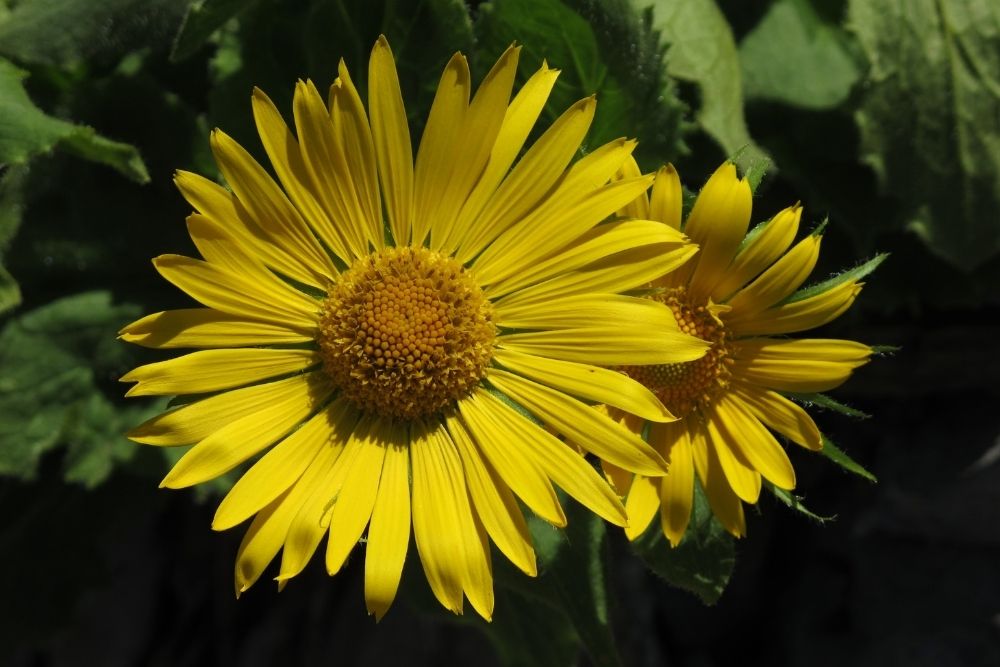
Frequently Asked Questions
What Flower Symbolizes Relaxation?
Of all the flowers found in Russia, one of the very best for relieving stress is Lavender. Not only is the aroma of the purple-colored plant incredibly calming, the dried petals have also been used for a number of centuries to bring a sense of serenity into people’s bedrooms and homes.
What Do Flower Colors Mean In Russia?
Leaves are generally a symbol of hope in Russian culture. In terms of color, red flowers often represent love and make the perfect gifts for relatives. What’s more, orange, yellow, or white flowers are a good option for everyone.
How Many Flowers Should You Give In Russia?
For happy occasions, it’s good practice to give an odd number of Russian flowers, whether it’s one or 1,001. This is because even numbers are strictly reserved for either funerals or other sympathy arrangements. In other words, it’s actually better to send a romantic partner 13 roses instead of 12.
The Bottom Line
To conclude, it’s a pretty fair assumption that Russian flowers have a significant role in Russian culture. From long-standing medicinal uses to deeply-embedded symbolic meanings, most flowers have a unique set of characteristics which stretch across several walks of life.
So, next time you spot one of the flowers included on the list above, be sure to appreciate its full beauty and the important properties it may possess.







